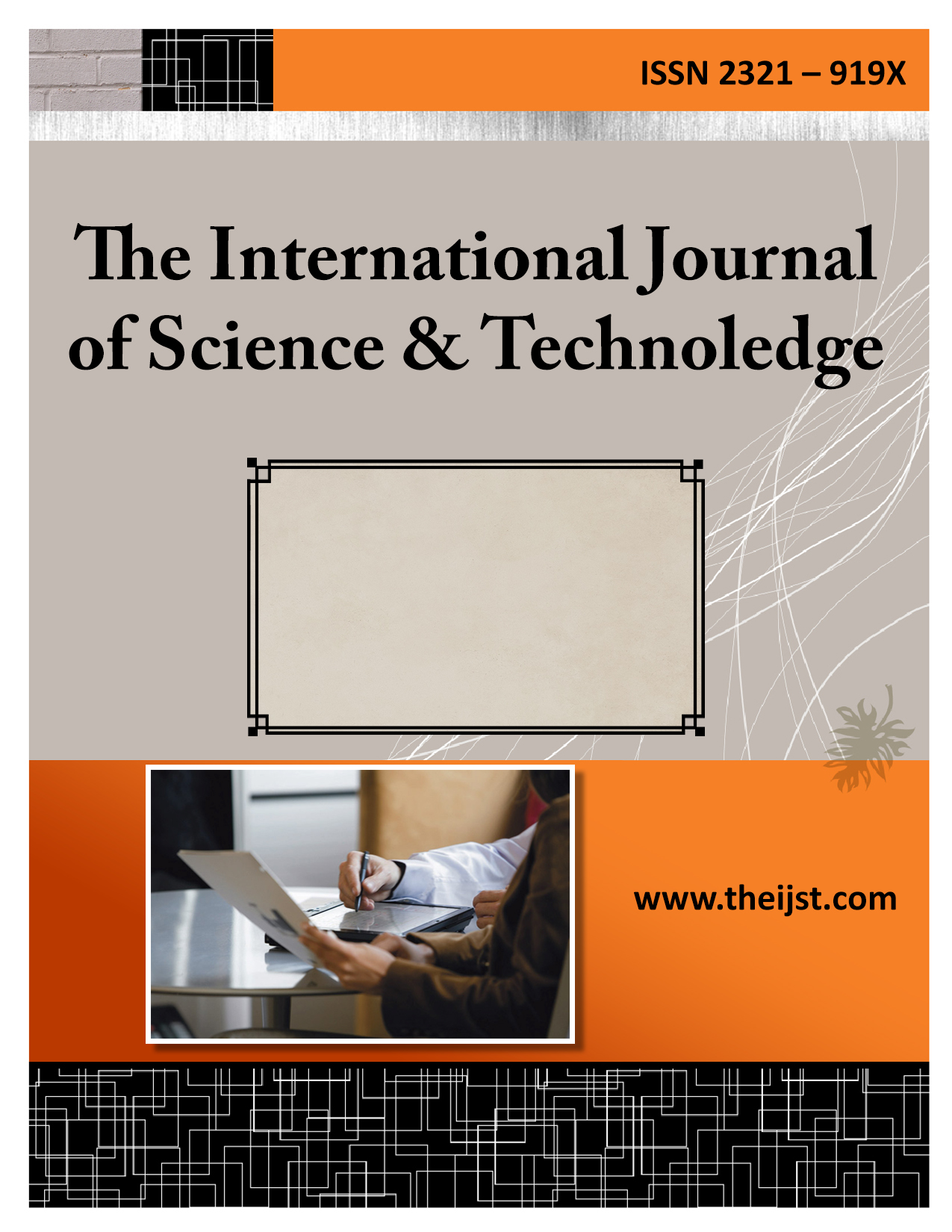In the world of academia, groundbreaking research often has the potential to revolutionise industries, improve lives, and generate revenue. But how can researchers bridge the gap between the laboratory and the market? The answer lies in understanding and navigating the academic patent process. In this blog, we will explore the journey from a scientific discovery to a marketable product or technology, highlighting the crucial steps and considerations along the way.
1. The Genesis of Innovation: The academic patent process typically begins with a novel discovery or innovation in a research laboratory. It could be a new technology, a unique method, or a groundbreaking scientific finding. The first step is to recognize the commercial potential of this discovery and determine if it can be protected through patents.
2. Evaluation and Feasibility Analysis: Before embarking on the patent process, it’s essential to conduct a thorough evaluation of the innovation. Researchers must assess its feasibility, market demand, and potential competitors. This step often involves collaboration with technology transfer offices (TTOs) or intellectual property (IP) experts at the academic institution.
3. Patent Search and Prior Art Analysis: One of the most critical aspects of the academic patent process is conducting a comprehensive patent search. This step is necessary to ensure that the innovation is indeed novel and doesn’t infringe on existing patents. Prior art analysis is crucial for identifying any potential obstacles or restrictions.
4. Filing the Patent Application: Once it’s clear that the innovation can be patented, the next step is to file a patent application. This involves creating a detailed and comprehensive document that outlines the invention’s description, claims, and drawings. The application is then submitted to the relevant patent office.
5. Collaboration with the Technology Transfer Office: Collaboration with the university’s technology transfer office is often instrumental in guiding the patent process. These offices specialise in protecting and commercialising intellectual property generated at the institution. They can assist in patent applications, licensing, and partnership opportunities.
6. Intellectual Property Protection: The patent application will be reviewed by patent examiners to ensure that it meets all legal requirements. If approved, the patent provides exclusive rights to the inventor or the academic institution for a certain period, typically 20 years. This exclusivity allows the patent holder to control the use, production, and licensing of the innovation.
7. Licensing and Commercialization: After securing the patent, the next step is to explore commercialization opportunities. This can involve licensing the technology to established companies, forming startup ventures, or seeking research collaborations. Licensing agreements can be lucrative for both the academic institution and the inventor.
8. Navigating Challenges: The academic patent process is not without its challenges. Researchers may encounter legal obstacles, funding issues, or the need for further development. Overcoming these challenges often requires a combination of legal expertise, financial resources, and determination.
9. The Road to Market: With the academic patent process successfully navigated, the innovation can now move from the laboratory to the market. This journey may involve product development, clinical trials, marketing, and distribution. It’s a complex process, but one that has the potential to bring significant societal and economic benefits.
The journey from the laboratory to the market is a transformative one, and the academic patent process plays a pivotal role in facilitating this transition. By recognizing the commercial potential of their discoveries, collaborating with experts, securing patents, and exploring licensing opportunities, researchers can turn their innovations into real-world solutions. This not only benefits the academic institution but also society as a whole, demonstrating the power of innovation and entrepreneurship in the academic world.











